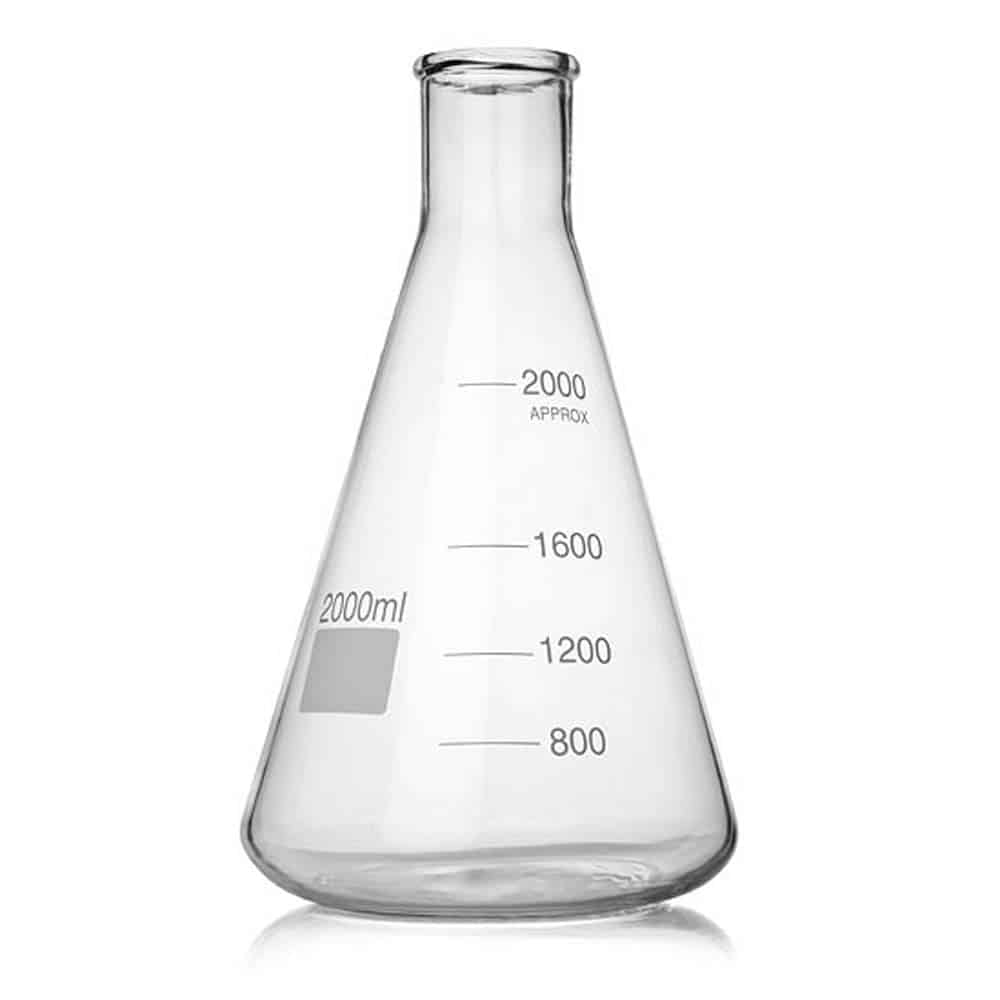

Liquids of a lower density will float to the top, then the mixtures can be tapped off separately. A vacuum tube can be affixed to the flask’s sidearm, which rapidly sucks through the solvent, leaving any solid in the Buchner funnel.įor separating solutions or liquids of different densities, separating funnels can be used. The Buchner flask can be used in conjunction with a Buchner funnel in vacuum filtration, and is a much quicker process than the gravity filtration used with normal filter funnels.

The smaller thistle funnel is not used for filtering at all, but to add liquids into apparatus. The most obvious is the filter funnel, into which filter paper can be placed, and a mixture can then be poured through. Today, Claisen’s flask is less commonly used.Ī variety of different apparatus can be used for filtration. Claisen’s flask includes a capillary tube that inserts small bubbles into the liquid, easing the ferocity of boiling, whilst the branched portion of the flask hosts a thermometer. The main neck is actually filled in halfway up, and connected to a plugged smaller neck this main neck can be connected to other apparatus, and allows the solvent to be extracted when the plug is slightly withdrawn or removed entirely.įinally, the Claisen flask, designed by chemist Ludwig Claisen, is designed for vacuum distillation distillation under vacuum produces problematic amounts of bubbles when solutions are boiled. The Straus flask, on the other hand, is used to store dried solvents. Schlenk flasks are commonly used in air-sensitive chemistry, as the side arm allows an inert gas such as nitrogen to be pumped into the vessel. The Schlenk flask and the Straus flask are another two that look fairly similar. The rather odd-looking retort flasks are used in distillations, though their use was primarily before the advent of condensers.

Their shape allows recovery of more material than the round-bottomed flasks. Pear-shaped flasks are usually rather small flasks, used for small-scale distillations. The Kjeldahl flask has an even longer neck, and was developed for use in the Kjeldahl method, which is used to determine the nitrogen content in a substance. They can also come with either a flat bottom so they are free-standing, or a rounded bottom, and have longer necks. Whereas round-bottomed flasks will usually have a ground glass joint on their neck, to allow connection to other apparatus, Florence flasks, supposedly named after Florence in Italy, tend to merely have a lip. They are frequently used by chemists for reactions and in rotary evaporators. Both have round bottoms, designed to spread out heat evenly when they are heated. Round-bottomed flasks and Florence flasks look very similar, but there is a slight difference between the two. To create a solution of a specific concentration, we need to know the volume of the solution the narrow neck of the volumetric flask will have a thin graduation to show where a specific volume is reached. Volumetric flasks are used primarily in the preparation of standard solutions. This also makes them useful for boiling liquids, and additionally their necks can support filter funnels. Named after the German chemist Emil Erlenmeyer, who created the flask in 1860, it’s designed so that its contents can be swirled easily without spilling out. Of all the flasks used in chemistry, the most iconic is the conical (Erlenmeyer) flask. Boiling tubes aren’t that different from test tubes in appearance, but are used when heating is required – they tend to be made of thicker glass, and are slightly larger and wider. Test tubes are the archetypal image of chemistry, whilst beakers also make frequent appearances in school practicals. These items should be familiar to anyone who’s been in a chemistry practical lesson in school. Below there’s also a little detail on the usage of each. Don’t know your round-bottomed flask from your Florence flask, or your pipettes from your burettes? This graphic has you covered. Glassware in the laboratory comes in a range of different shapes and sizes, and is used for a number of purposes.


 0 kommentar(er)
0 kommentar(er)
